The invention of the assembly line is widely attributed to Henry Ford around 1908. Ford was the first to implement the process in his automotive factories. Before assembly lines, a worker would make each part of a product and then assemble them all together by himself. Read More…
A recognized leader in automated assembly products. Stay competitive with Dixon's robotic screwdrivers, auto-fed screw & nut drivers, auto-fed part placers, parts feeding systems & assembly cells, including robotic assembly & vision. Every Dixon product is manufactured to assure accuracy & dependability for repetitive assembly. Dixon supports Machine Integrators with assembly products & stations. ...
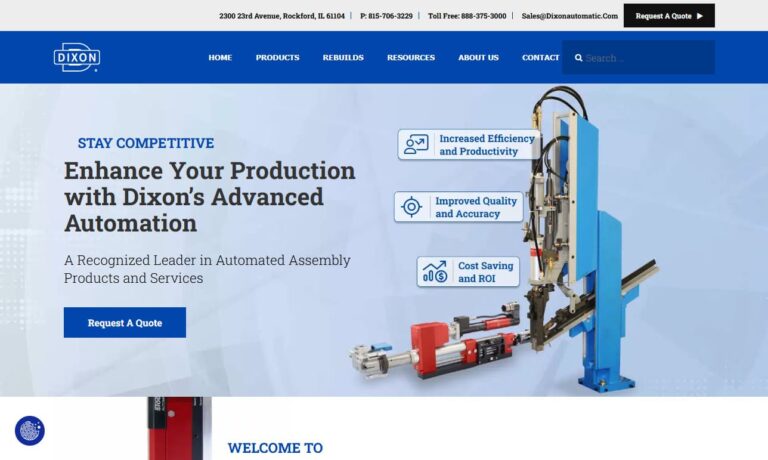
Invio Automation is a leading comprehensive AGV, AMR, and robotics integrator with 10 engineering and support sites throughout North America. We specialize in heavyweight and assembly line applications.
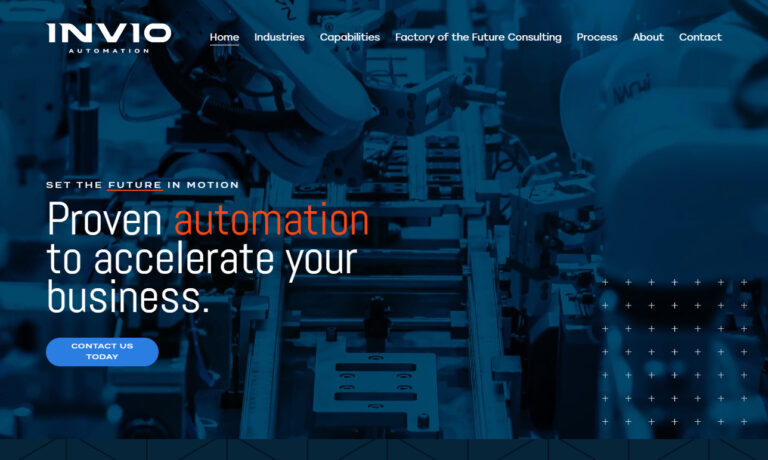
Advent design has been in business for over 35 years providing custom automation solutions, engineering, integration solutions and machine safety services. Contact us today to discuss your project needs and see how we can help you achieve your goals.

Since 1982, Isotech has been a leader in the automation equipment industry. You can trust the accuracy of our solutions. Our experts at Isotech are always available to assist you with your needs. Feel free to contact us today to learn more information!

Del-Tron Precision is your one-stop shop for ball & crossed roller slides, multi-axis positioning and motor-ready lead screw stages, air actuators, recirculating slide guides and crossed roller rail sets. Custom linear slides are available.
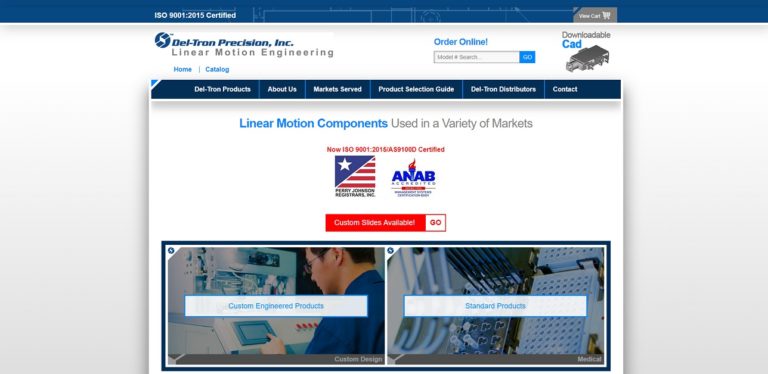
More Assembly Lines Manufacturers
The assembly line revolutionized manufacturing, creating work stations where individuals would perform one part of the setup of a product then send it on down the line. It allowed for mass production of items such as the Ford Model T, which could be made in a fraction of the prior time, letting the everyman and everywoman begin to purchase automobiles because the prices dropped with the influx of product. After a time, Ford reached a point where it could produce a car every three minutes, compared to the hours it took before.
Assembly lines often make use of conveyor belts in order to move product along the line through production and packaging processes. Another piece of modern assembly equipment is feeders or hoppers, which are attached to individual work station machines and feed parts to the machines when they run out.
Robotic automation has become another important part of the assembly machinery. They can produce complicated products in a small amount of time and ensure that products are made quickly and accurately. The robots on assembly lines are simplistic versions of a growing technology, assembly machines with arms that are able to piece things together, with little to no help from a human counterpart.
What makes robotics different from being just an assembly machine is its ability to be reprogrammed, or programmed to respond in different ways depending on what happens. Robotic involvement is what has allowed assembly lines to continue to grow with modern technology. They also give companies a financial break as far as labor goes, because fewer employees are needed to oversee and maintain the robots and their work. However, robot maintenance requires a specifically educated mind, so a higher paid workforce is also necessary.
It is not just the automobile industry that has benefited from the assembly line concept. Heavy machinery for the farming and construction industries may also be built on assembly lines, as well as a variety of electronics such as computers. Other industries, such as food processing and packaging and medical supplies manufacturers also employ assembly equipment.


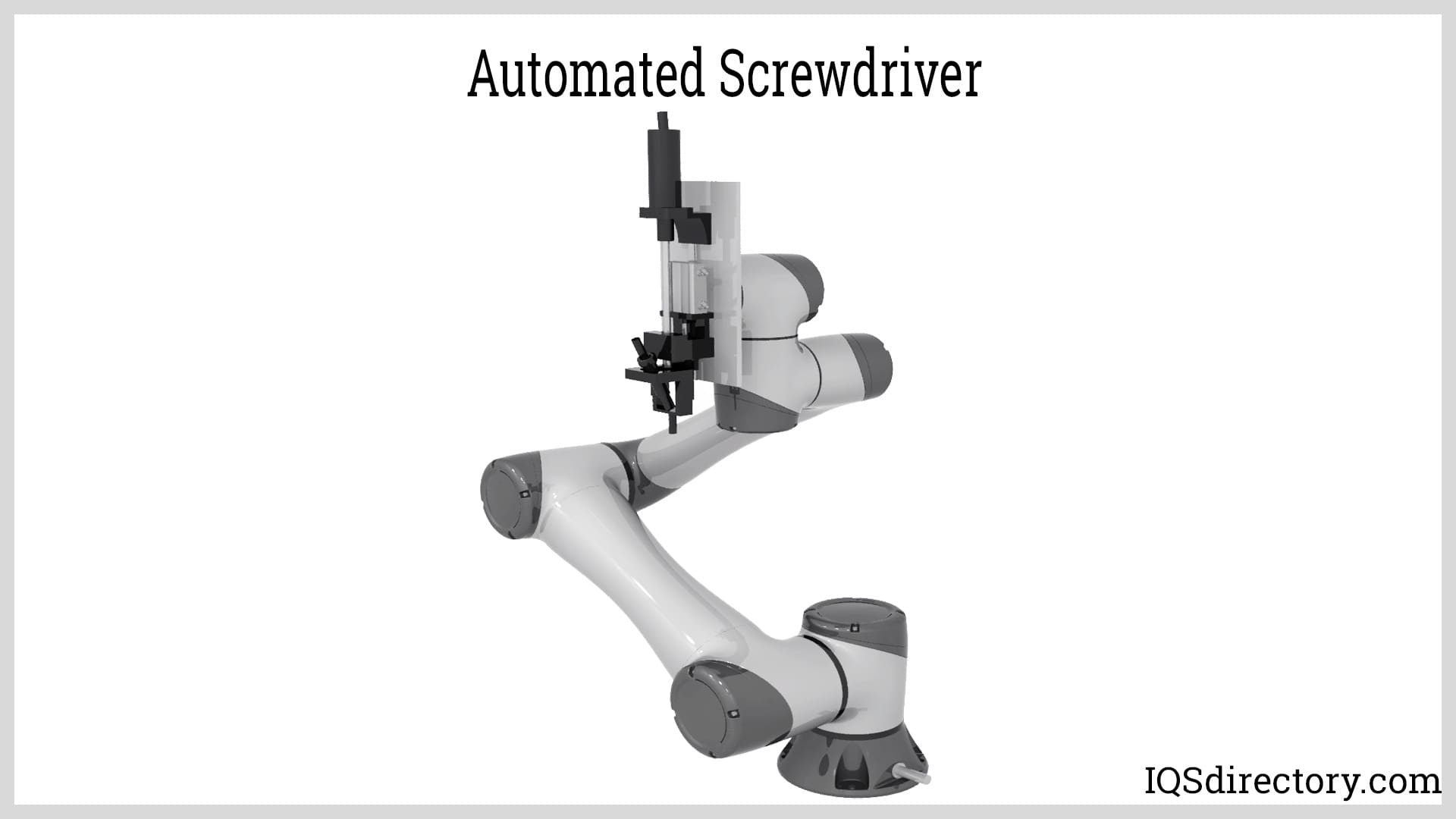
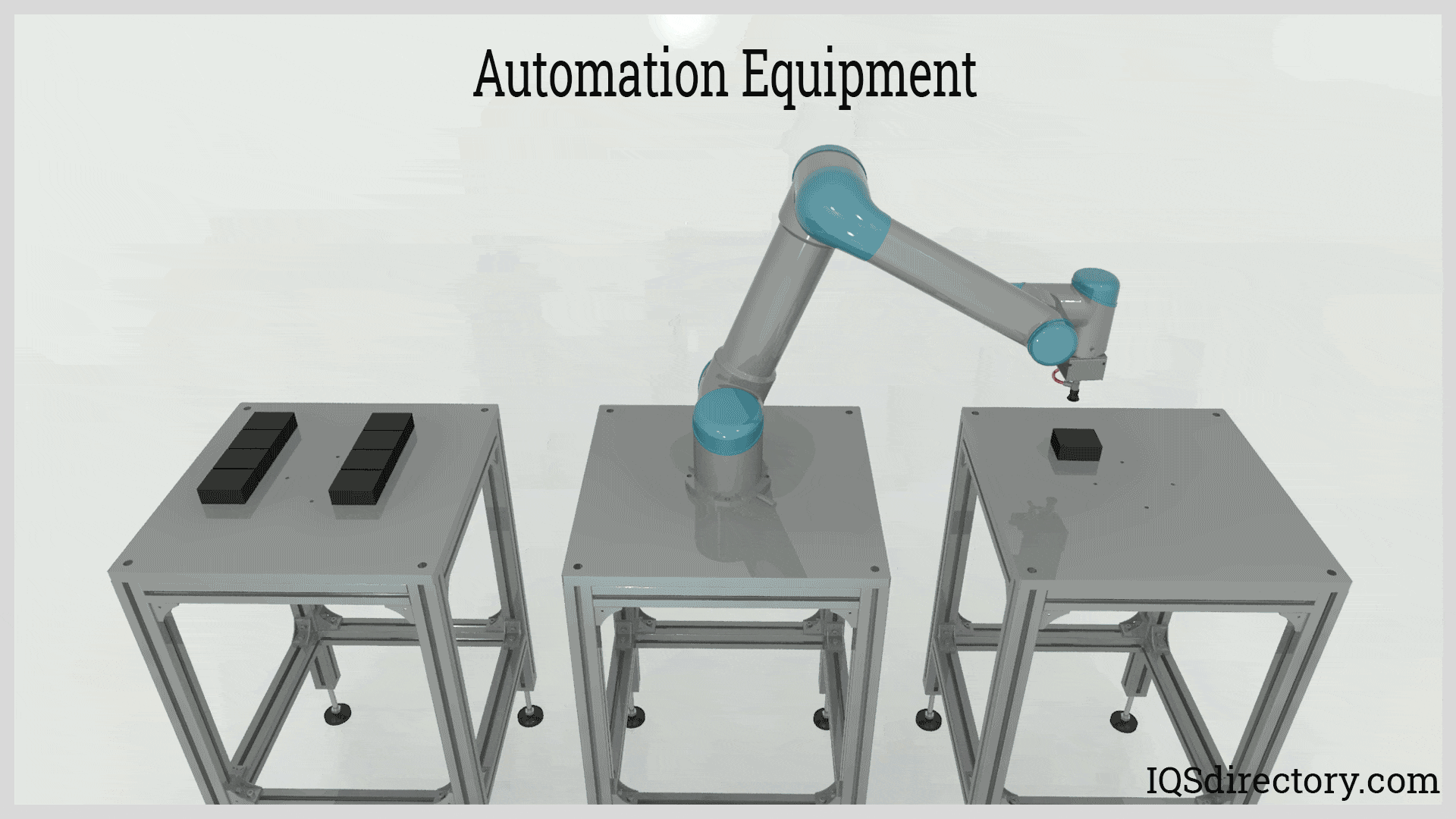
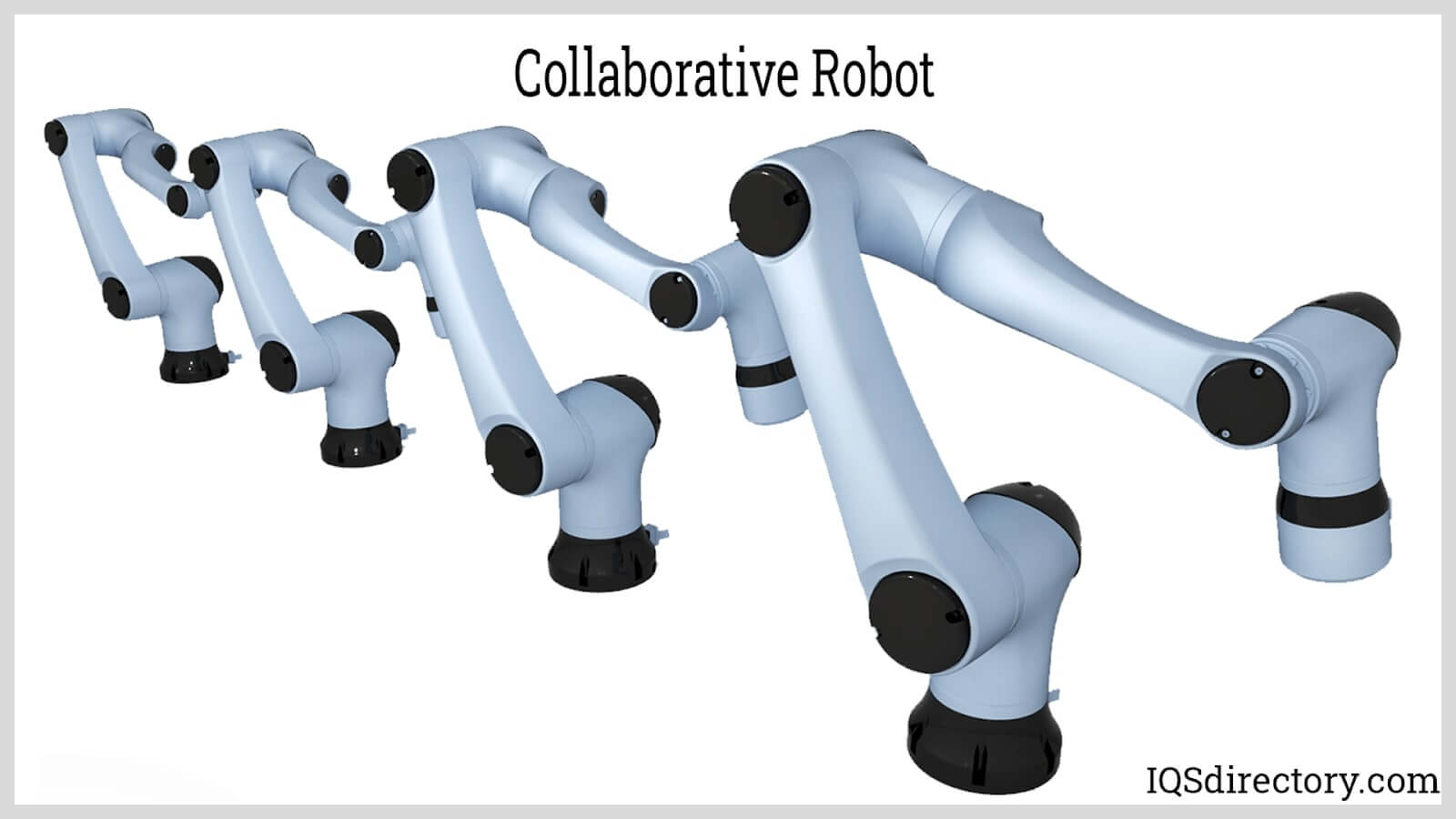
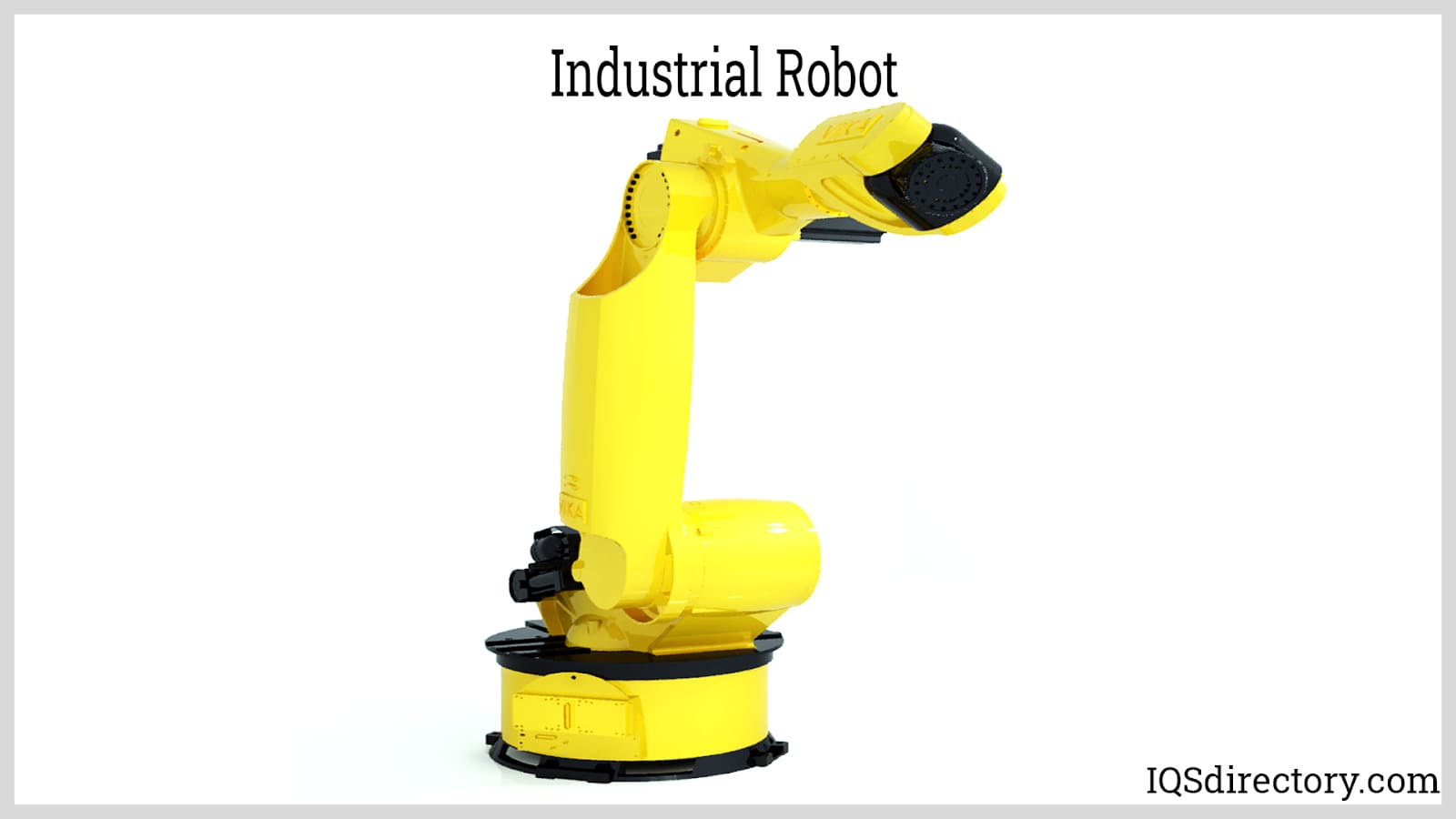
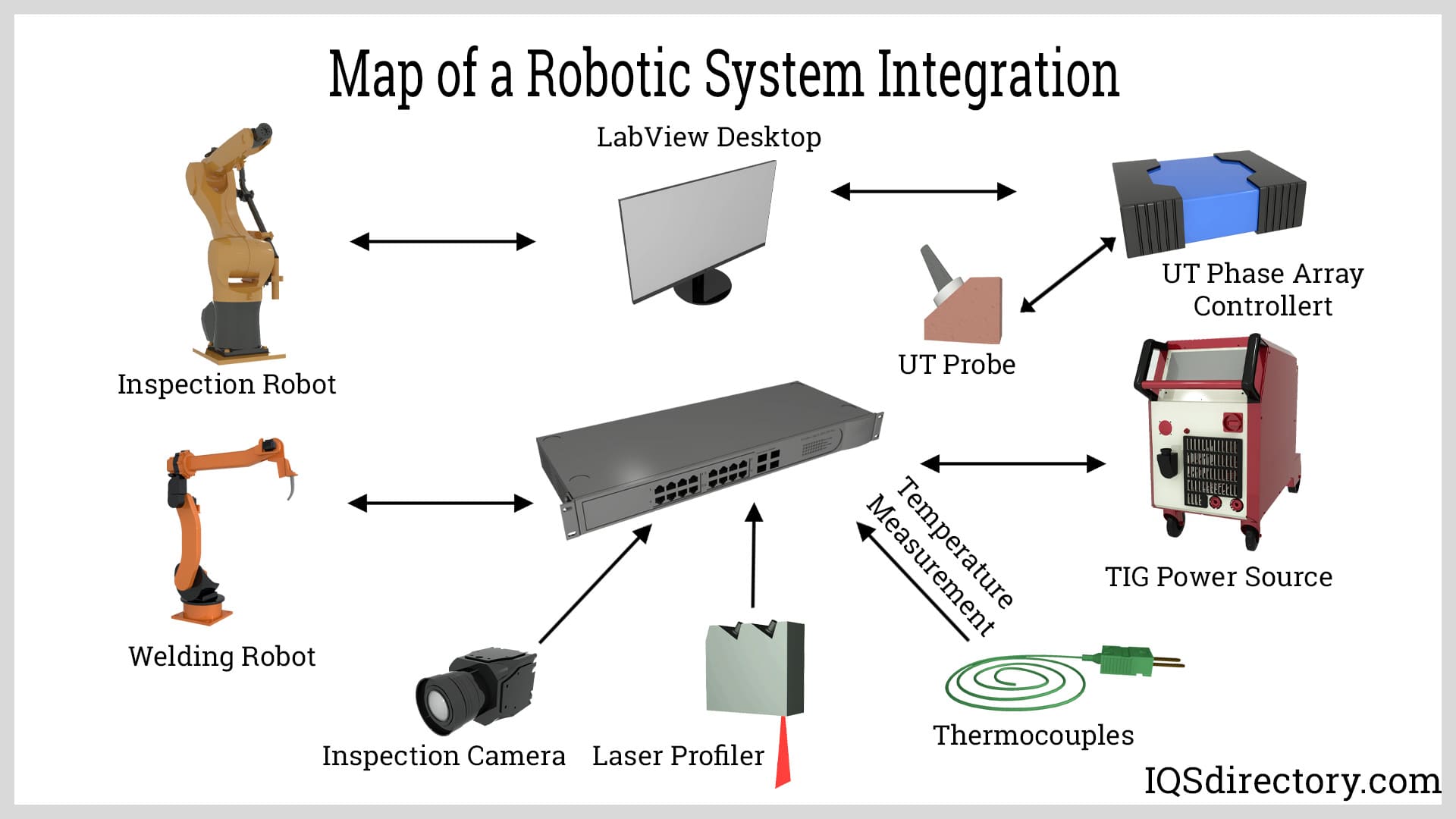
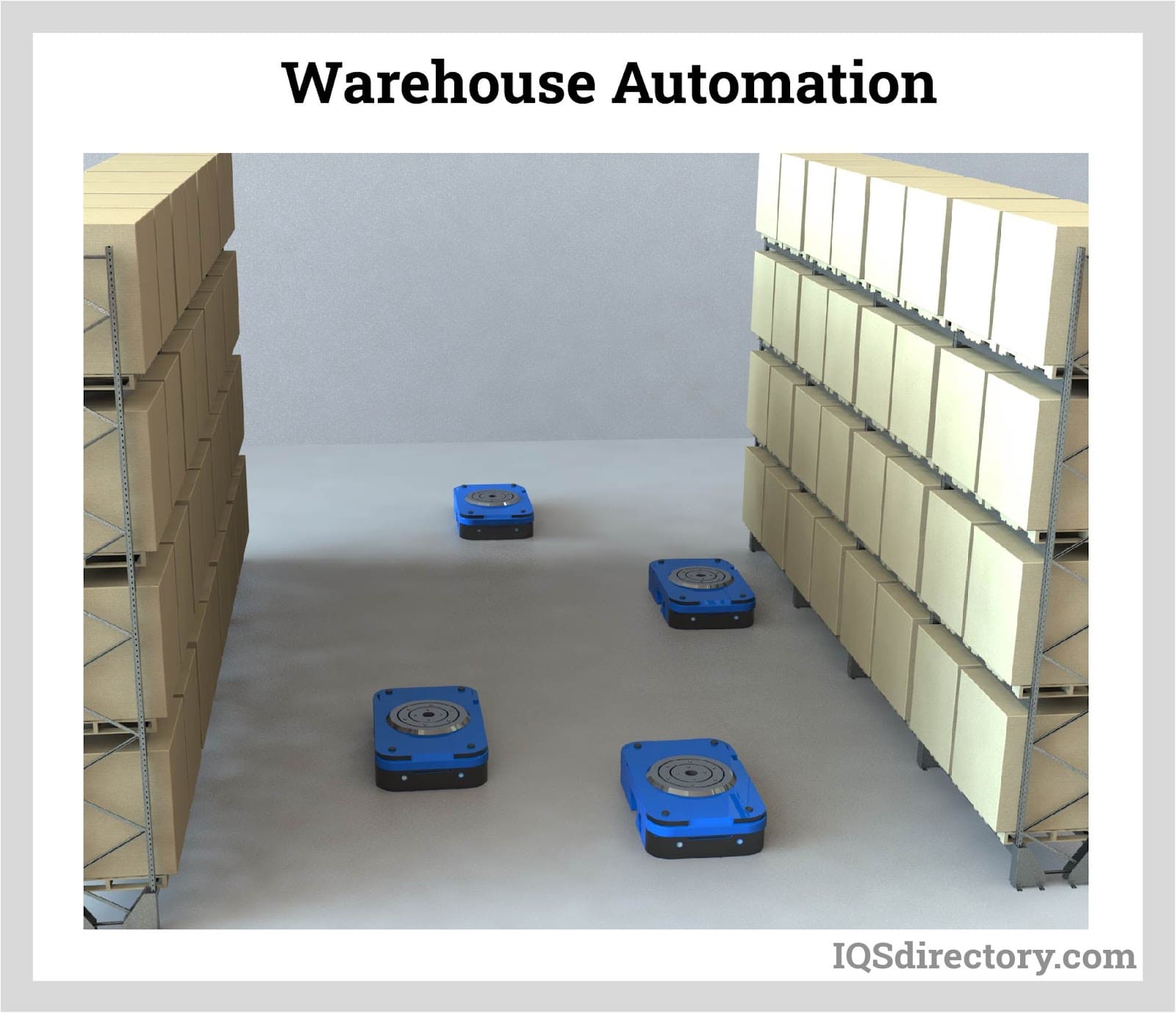
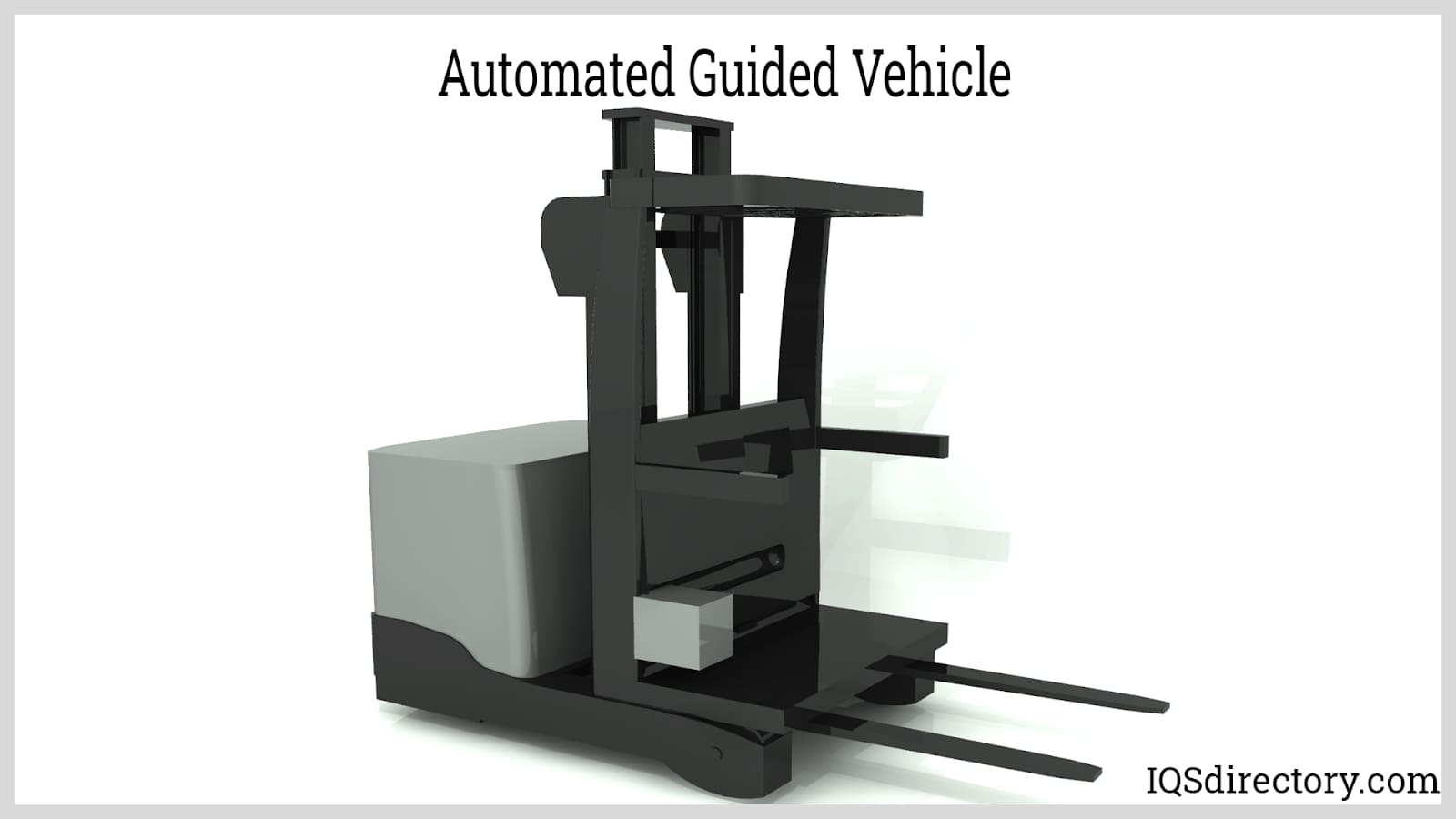

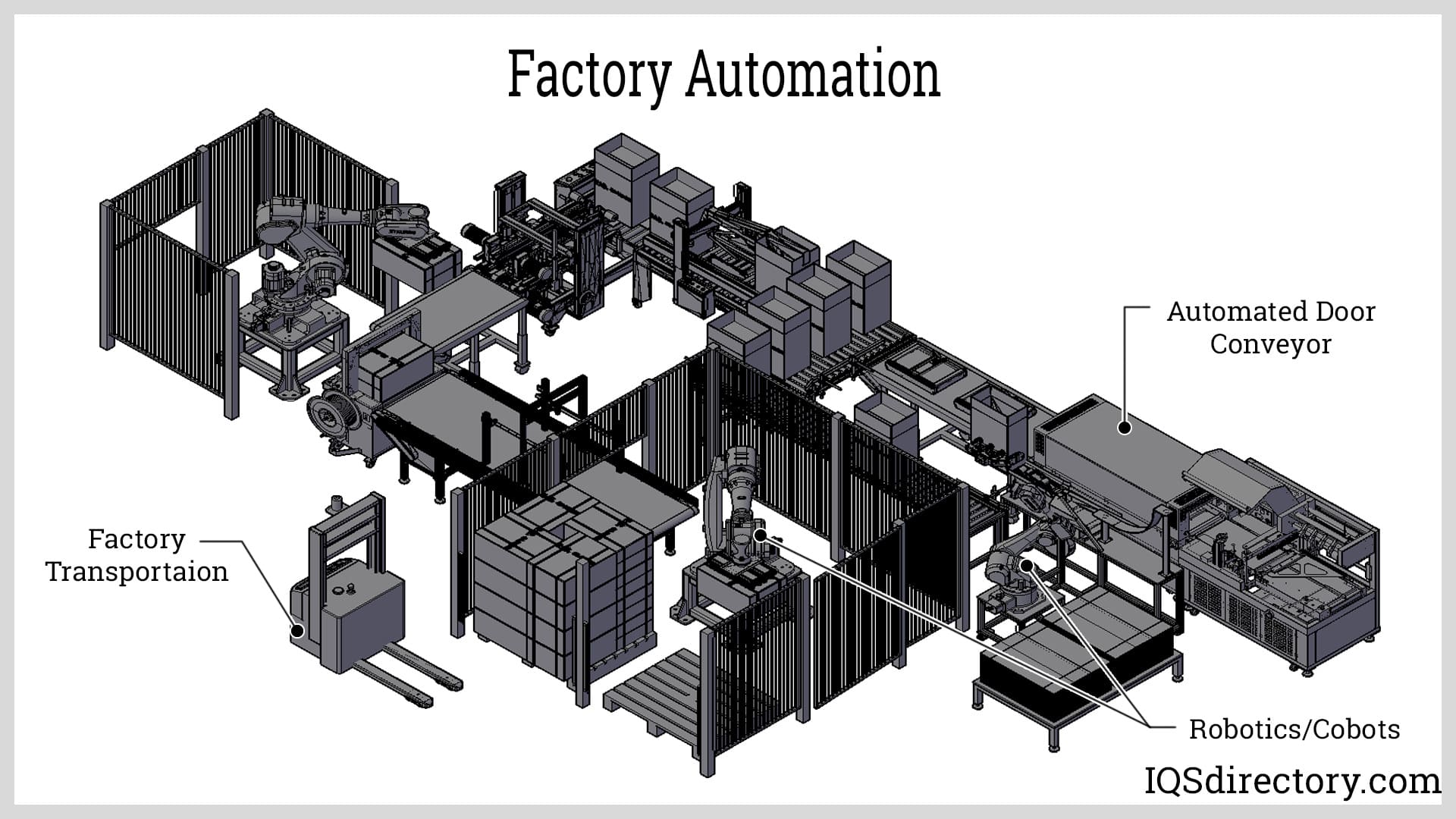
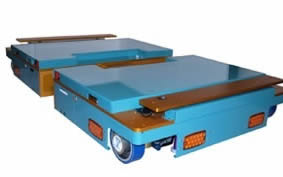 AGVs
AGVs Casters
Casters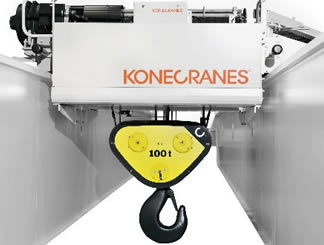 Cranes
Cranes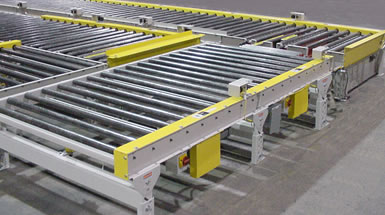 Conveyors
Conveyors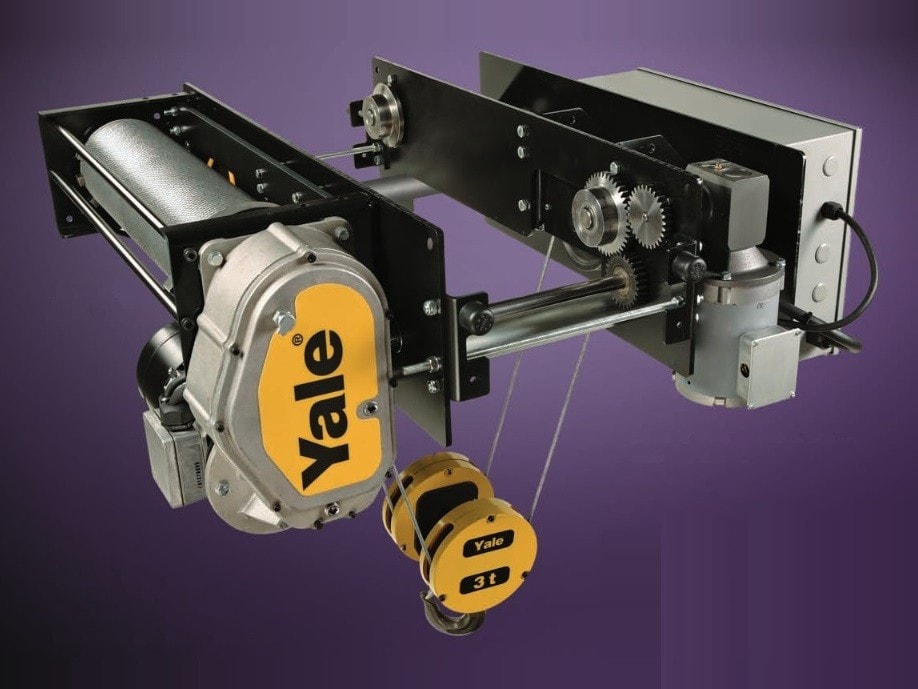 Electric Hoists
Electric Hoists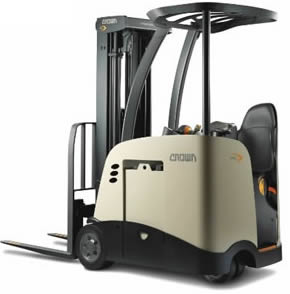 Forklifts
Forklifts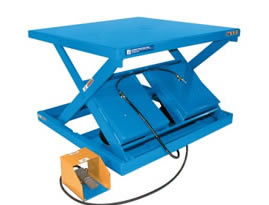 Hydraulic Lifts
Hydraulic Lifts Platform Lifts
Platform Lifts Castings & Forgings
Castings & Forgings Bulk Material Handling
Bulk Material Handling Electrical & Electronic Components
Electrical & Electronic Components Flow Instrumentation
Flow Instrumentation Hardware
Hardware Material Handling Equipment
Material Handling Equipment Metal Cutting Services
Metal Cutting Services Metal Forming Services
Metal Forming Services Metal Suppliers
Metal Suppliers Motion Control Products
Motion Control Products Plant & Facility Equipment
Plant & Facility Equipment Plant & Facility Supplies
Plant & Facility Supplies Plastic Molding Processes
Plastic Molding Processes Pumps & Valves
Pumps & Valves Recycling Equipment
Recycling Equipment Rubber Products & Services
Rubber Products & Services